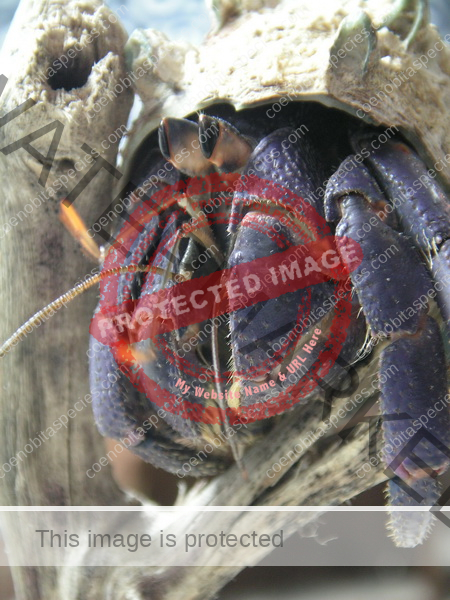
Common name: Dubbed ‘Blueberry’ by Felix Wang
Latin Origins: meaning purple or dark red
Distribution: Riau Islands and Kalimantan/Borneo coasts, Japan (Ryukyu Islands, Bonin Islands, Ohsumi Peninsula, Tokara Islands, Amami Islands [2]), Singapore, Taiwan,
**Note: Species found outside of Japan are believed to be a separate species. A research document is expected to be released later this year clarifying the difference between the two. [4] This is now confirmed, please see our page on Coenobita lila
Habitat: Live in the forest near the coast but can be found in the beach during beginning of summer and autumn.
Ecology: Mostly nocturnal, supratidal, terrestrial
Lifecycle of larval stages: purpureus has five zoeal and one glaucothoe stage. The duration of the first to the fifth zoeal stages were 6, 4, 5, 2, 10 days. [3]
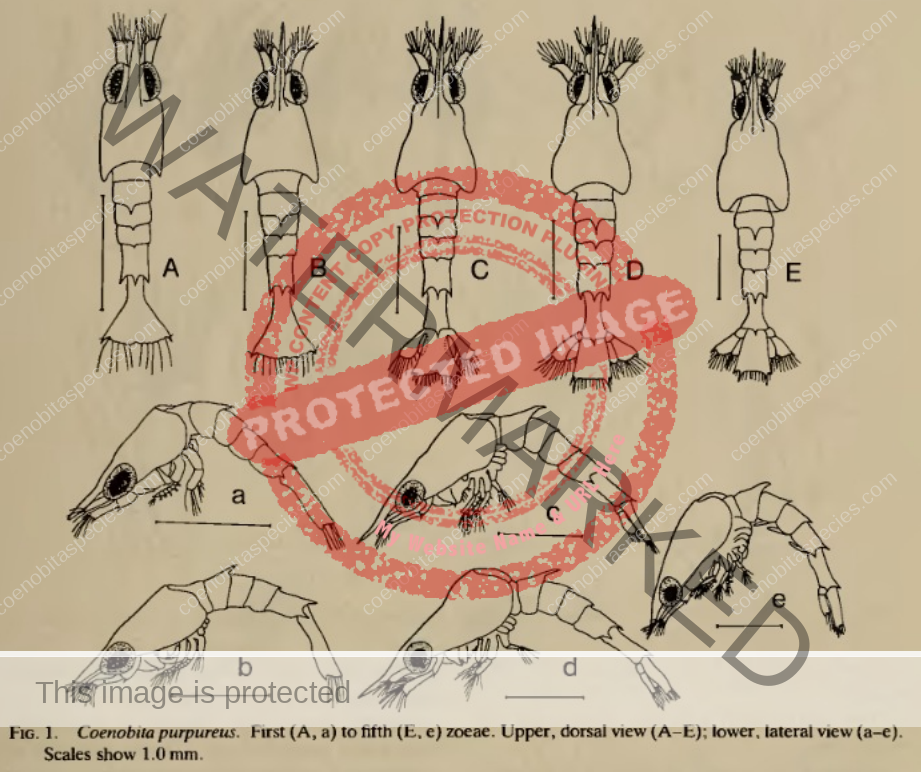
Characteristics: Coenobita purpureus (colloquially referred to as the purple land hermit crab) is a species of land hermit crab native to Japan. Dubbed ‘Blueberry’ crabs by Felix Wang. Their coloration is usually purple, blue, purple-blue, or purple-red although as young crabs they are colored white. Their eyestalks are long and their eyes are oval in shape. The joints of their pincers and walking legs are yellow and the abdomen is short and fat. They can be 17mm in length. They live in the forest near the coast and can be found near the beach in the beginning of summer and in autumn.
Other sites indicate this species is threatened but that seems to be untrue: ‘The information on Wikipedia page about C.purpureus is also incorrect. This species is not threatened. 1
Body colour can be from light blue to dark purple. Most of them are Purple-blue, Purple, Blue and Purple-Red etc. They were in white colour when they are juvenile, and will become blue or purple when they grow up. Eyes are elongated in shape and there are a yellow stripes surround the eyes . Eyestalks are white / light yellow in colour. Generally, there is no black-brown stripes on the eyestalks but there are also some exceptional case. Tips of the 1st pair of antenna is red. The bottom of the 2nd pair of antenna is white in colour. Antennal acicle cannot move, fused with second segment of its peduncle. Left claw is larger than right claw. There are 4~5 ridge (////) on the upper part of the big claw (Red circle). There are some hair on the inside part of both claws. The joint of claw is yellow in colour and have filiform red colour on the joint. The joint of walking legs is also yellow in colour and have filiform red colour on the joint. The last 2nd part (dactylus & propodus) of their 3rd left Walking legs is not flat. According to the articles of Akira Asakura (Japan Natural History Museum and Institute, Chiba) and Yukio Nakasone (University of the Ryukyus), outer surface of propodus of left 3rd leg separated from dorsal surface by a well-marked longitudinal crest. It is believed that they were in cream colour when they are juvenile, and will become blue when they grow up.
Shield narrower anteriorly, strongly swollen just behind front; dorsal surface with numerous scattered granules on anterior, posterior and lateral portions; lateral margins of the shield with setae.
Ocular peduncle compressed and reaching nearly to median part of ultimate segment of antennnal peduncle.
Small flagellum of antennule reaching nearly to median part of the large one. Antennal acicle fused with second segment of its peduncle.
Palm of left cheliped with an oblique series of up-standing four to five laminar teeth on upper part of outer surface; upper portion of pal with numerous scattered granules on than oblique teeth on outer surface, but lower portion with small granules and nearly smooth; both fingers with scattered granules on outer surface.
In left third leg outer surfaces of dactylus and propodus smooth, separated from dorsal surfaces by a well-marked longitudinal crest; outer surface of propodus not flat, but slightly swollen in midline.
In male coxae of fifth legs of both sides produced ventrally, unequal and right coxa produced into an elongate tube, usually longer than left one; its tube turning to the left and curved ventrally.
Small individuals generally of cream color and large ones of blue color.
Body mass
Common identifiers:
- Eyes – Elongated, stalks are generally just white. Often a orange/yellow border around the cornea.
- Antenna – tips are red on first set , bottom is white on second set
- Large claw – Stitch marks
- Coloring – Adults are blue. Juveniles are white. Joints are yellow/orange
- Chirps – yes
Behavior: Ovigerous femails of C. purpureus were found from 9 June to 16 September 1986 and from 27 May 1987 in the Shimoda population, and from 25 May 1986 in the Kudakajima population. Thus, the breeding season ranges from late May to mid-September. May produce two broods per season. [5]
The larval release of C. violascens (Japan) occurred around nighttime high tide during new moon periods, showing clear lunar and tidal rhythms. [10]
In contrast, the rhythm of larval release with regard to lunar and tidal phases is not clear for three congeners, C. rugosus, C. purpureus, and C. cavipes, all of which release larvae along the seacoast (Nakasone 2001). In these three species, larval release occurs mostly around high tide during both the full moon and new moon periods, but also occurs during other lunar phase periods; larval release occurs for 2 hours at spring tides, and become sporadic at neap tides. [5]
Diet:
Preferred shells: purpureus juvenile prefer neritina and other brackishwater shells and marine algae snail shells. Mature purpureus prefers achatina shells.
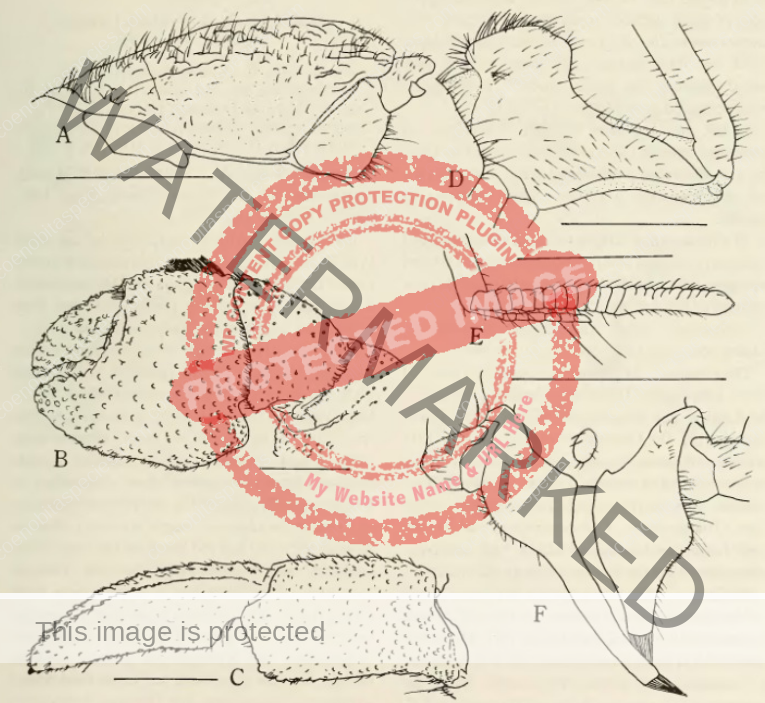
C. purpureus on Instagram
[insta-gallery id=”7″]
References:
1. Felix Wang
2. Land hermit crabs from the Ryukyus, Japan, with a description of a new species from the Phillippines by Yukio Nakasone
Special Thanks to Nick Bay, Felix Wang and Tony Coenobita for their photos and information regarding purpureus, Christian Bockenauer of Triops Germany for the videos.
3. Larval stages of Coenobita purpureus reared in the laboratory and survival rates and growth factors of three land hermit crab larvae by Y. Nakason
5. Larval release and associated tree climbing behavior of the land hermit crab Coenobita violascens Heller, 1862 Waturu Doi, Akira Mizutani, Hiroyoshi Kohno 2016
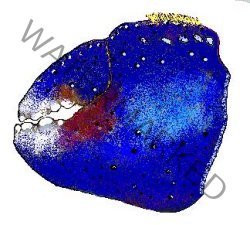

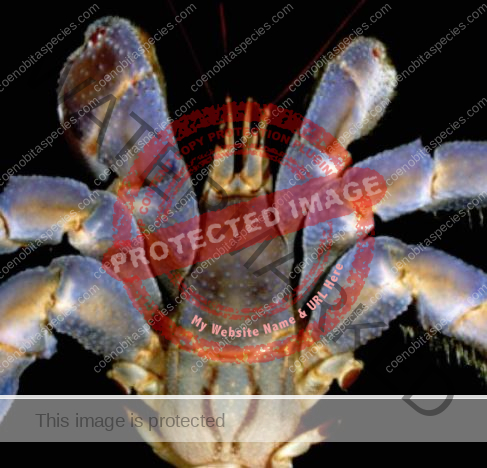
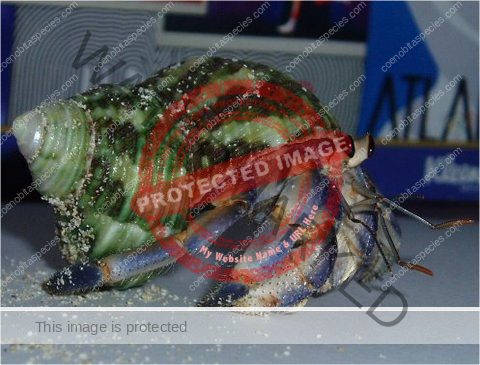
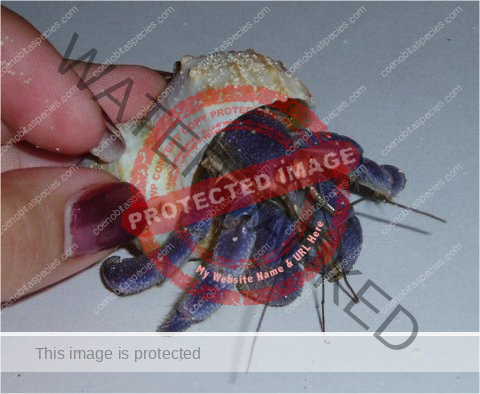
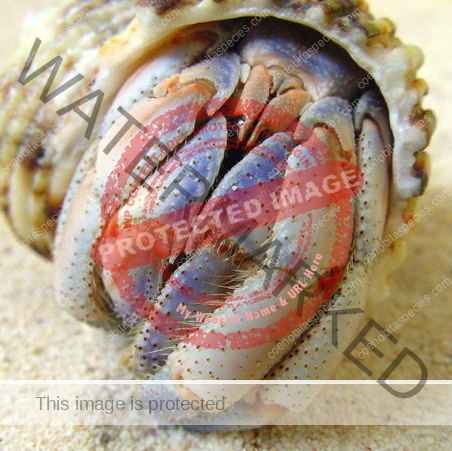
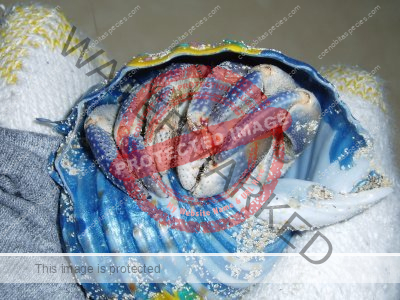
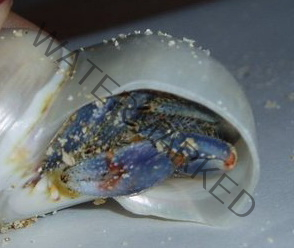


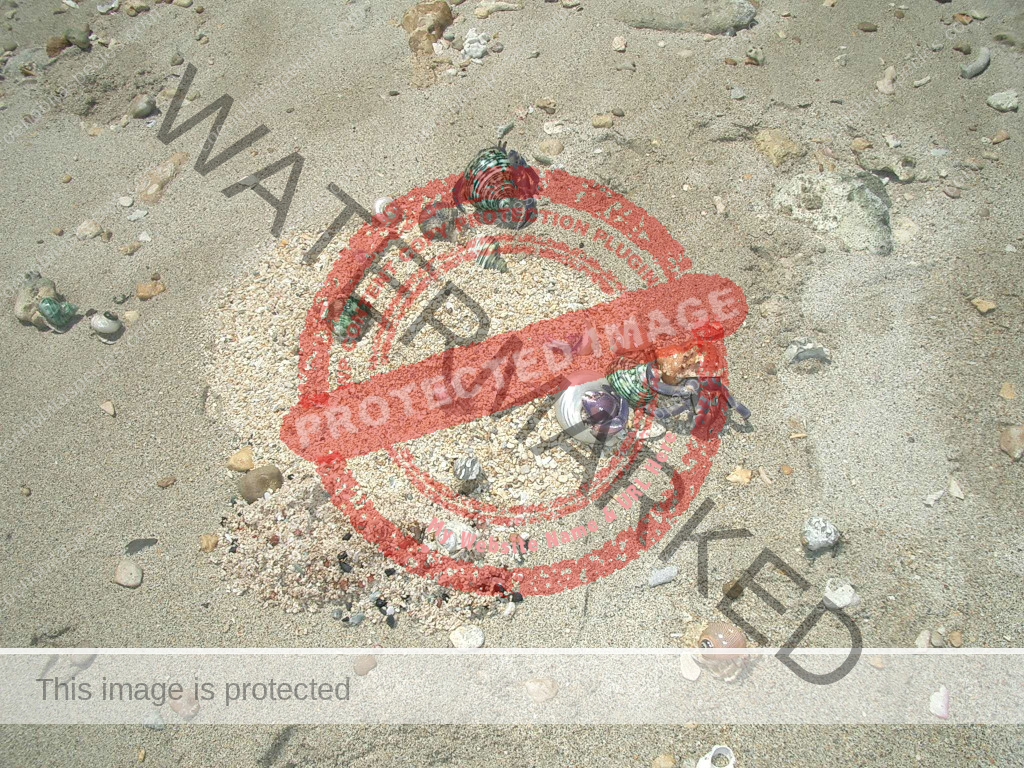
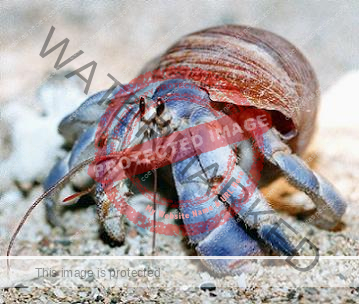
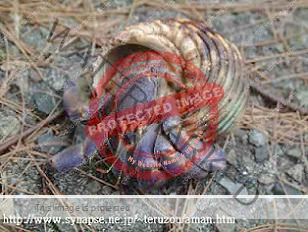
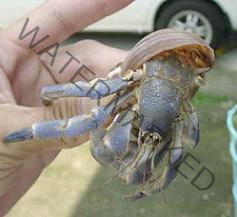
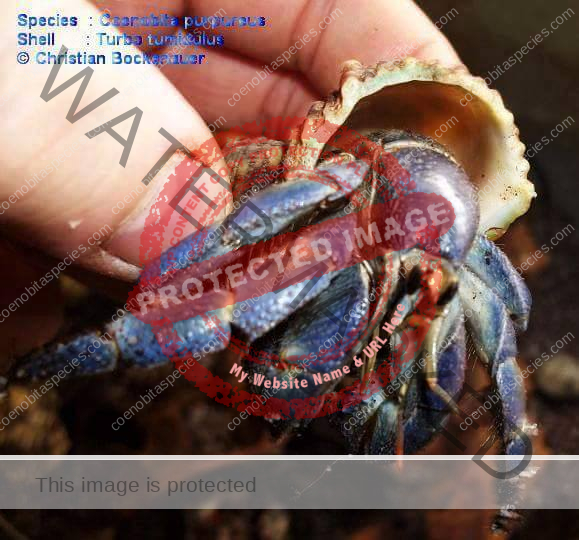
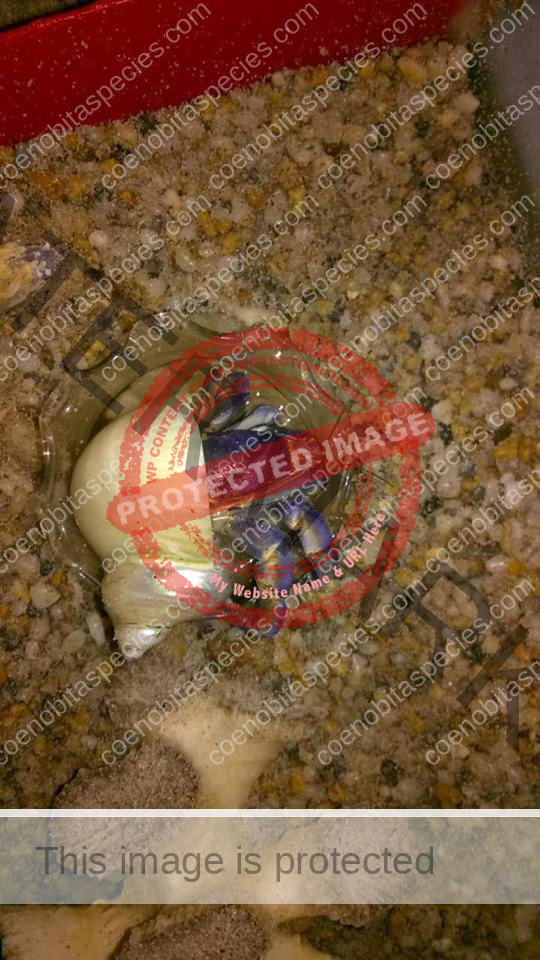
One comment
Comments are closed.